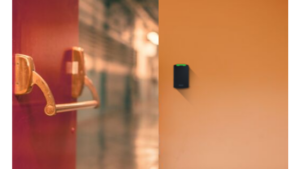Educational facilities require a secure learning environment. Implementing efficient education and school security systems is a top priority to ensure the safety of students, teachers, staff, and others within the school premises. This task requires a balance between creating a welcoming learning environment for students and implementing sound security solutions that keep them safeguarded. Access control systems for schools are a great way to maintain this perfect balance. School access control is an essential part of a comprehensive security plan.
8 Ways Access Control Systems Provide School Security:
Establishing a door barricade solution
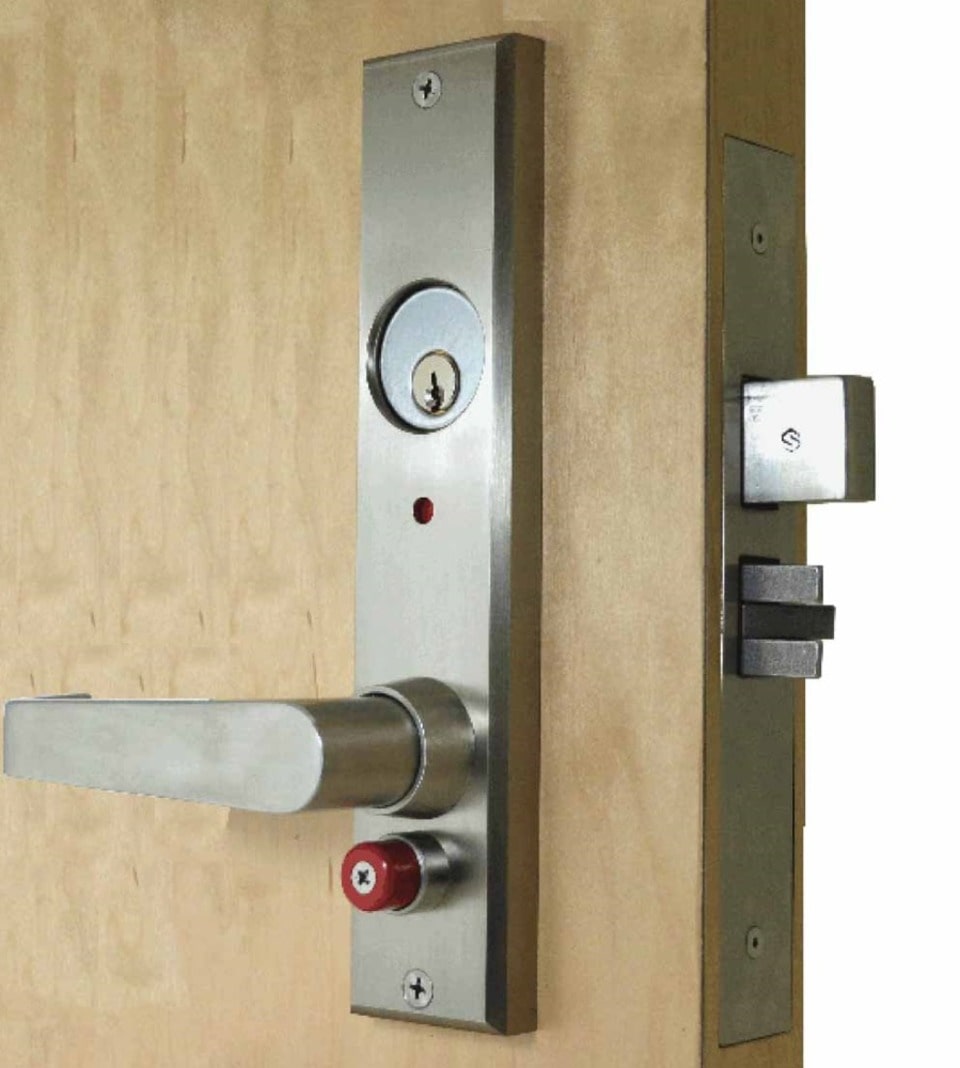
Classroom lockdown door systems can prevent access to specific building areas or the entire facility for security measures. In the school environment, the lockdown area can be as small as a classroom or as broad as the whole school. This can be achieved by the simple action of pressing a button. A signal is transmitted internally to the software interface or through an integration with physical panic button technology that locks all the facility doors. The lockdown speed is critical and how quickly lockdown can be achieved depends on the system installed. Most K-12 schools have implemented lockdown procedures because it is one of the most effective security solutions that can lock doors and clear hallways, common areas, or the entire building within mere seconds.
There are two types of lockdown – internal and external.
Internal lockdowns
Exterior doors are not locked, as an intruder is already inside the building.
External lockdowns
The exterior doors are locked, as a potentially violent situation may unfold outside the building.
When combining a rigid lockdown procedure with an access control system, an intruder’s access can be delayed, giving school authorities enough time to diagnose the situation and take necessary actions. When thinking about risk management and security, school administrators should only consider the well-tested products for locking that meet the code requirements for securing lives. Classroom security locking functions allow users to quickly lock the door from either side and satisfy code requirements for free egress and fire protection. They are the safest solution for “lockdown” situations and minimize the possibility of an exit being blocked during an emergency situation.
Read more on “Classroom Door Lockdown Devices: What Works and What Doesn’t.”
Electronic Access Control Lock Choices
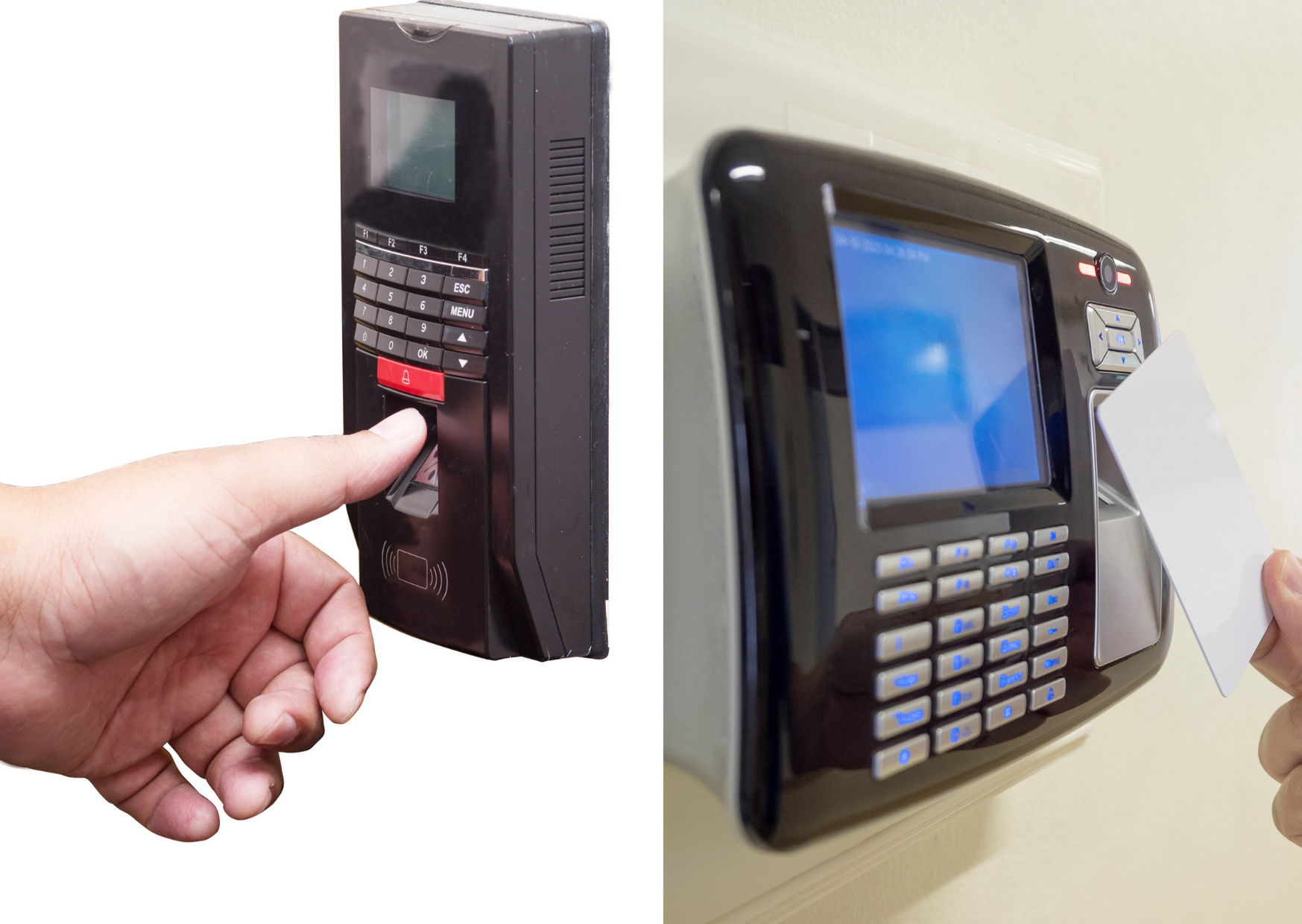
Physical keys have several drawbacks in securing school buildings. They can be easily duplicated, difficult to track, continued wear and tear of the critical parts, etc. A smart electronic door lock system can help check an individual’s identity and entry authorization against the system’s database before allowing a person to access the school building. The system also stores the record of each time a given person accesses the building.
Here are some electronic access control components that are used to verify an individual’s identity and grant access:
- Keypads
- Proximity cards
- Coded swipe cards
- Biometric devices like fingerprints, hand geometry, or retinal eye scans
- Wireless electronic locks
Video Surveillance System Integration

Integration of access control systems for schools with video surveillance devices can help monitor the entry points into your school and provide a visual record of who is entering and exiting your school building. These recorded videos can be helpful to identify any intruders who access the school building. Most systems can be monitored, managed, and controlled remotely using a web browser. Events can be viewed in real-time or later with recorded footage.
Visitor Management Systems
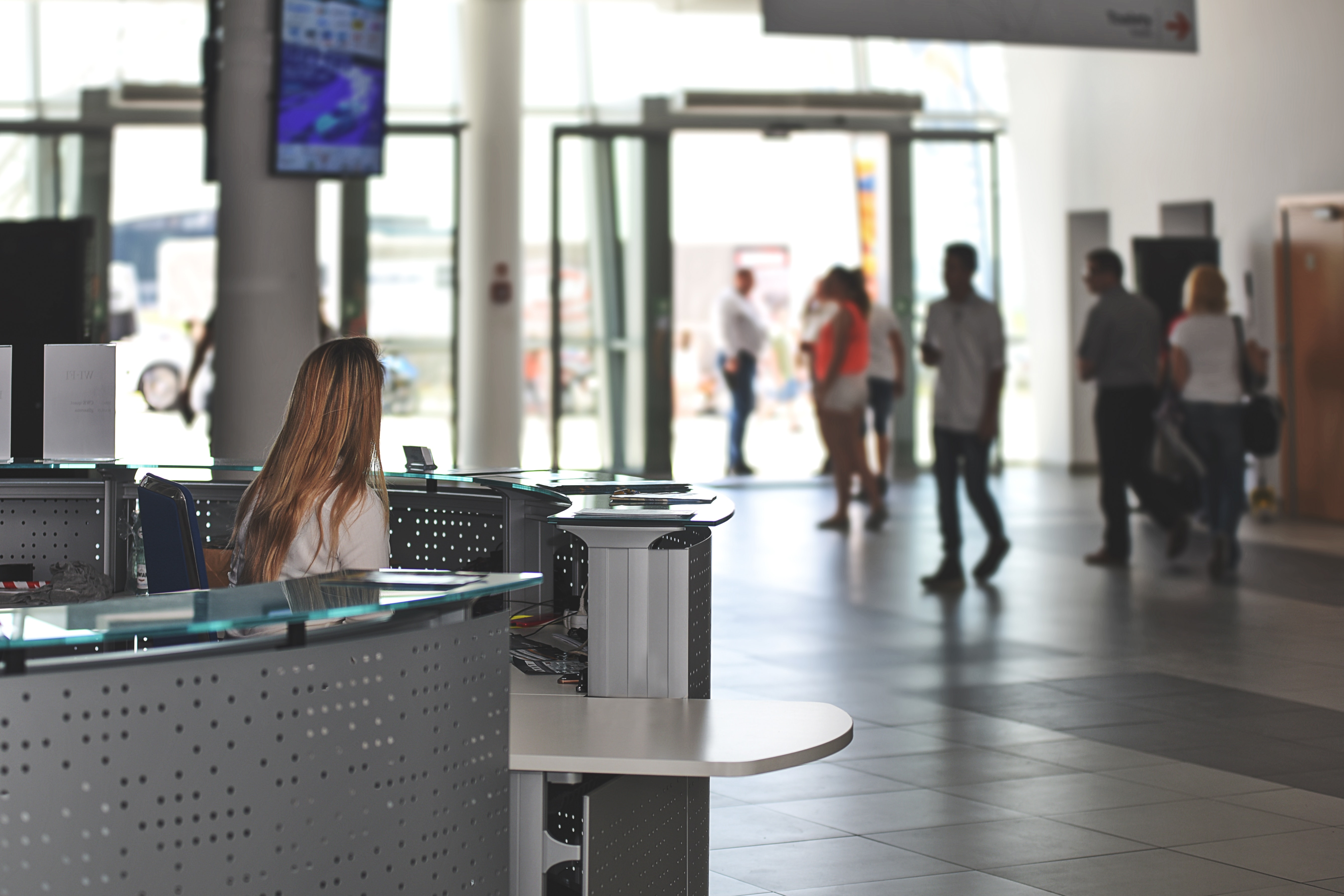
Visitor management is the procedure to identify, determine access, and track a visitor’s access to a school’s premises or buildings. This system merges with access control by determining who is authorized to enter the facility, where they are allowed to go, how they will be monitored, and documenting entry times and destinations. Access control systems should be implemented in each area of school facilities. A school district’s visitor management procedures should address:
- Identify all visitors entering the facility.
- List which forms of identification are acceptable (such as driver’s licenses).
- Collect necessary information from visitors during the sign-in and sign-out process.
- Inform visitors about the rules and emergency protective actions.
The access control systems should have a quick pin, QR code, barcode, or proximity visitor card reader for regular visitors, like parents, to have a faster school sign-in process. Integration of access control with a notification system can be a powerful option to alert staff to their visitors’ arrival.
Security Turnstiles For Campus Safety

Installing access control systems for schools with security turnstiles is the most efficient and effective way to elevate the security. This is because security turnstile doors and other security turnstile systems are designed to restrict access to one person at a time and will only allow access to individuals with the correct credentials. A person entering a security turnstile presents credentials such as an ID card to a reader attached to the turnstile so it can check the person’s authorization in order to pass through. If the credentials are correct, the turnstile will unlock and allow the person through the turnstile lane, promptly locking immediately after they pass. These security turnstile systems provide one of the most efficient entry security solutions because they prevent unauthorized entry to the facility.
Vehicle License Plate Recognition
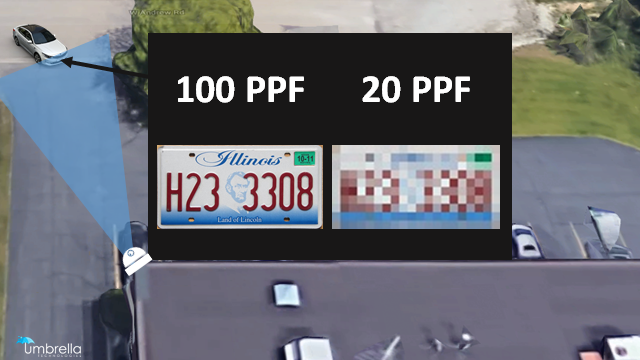
For schools, colleges, or university sites where students may be driving and parking on-site, Automatic License Plate Recognition may be a viable option. Schools can use video surveillance cameras and computer software to identify a vehicles’ license plates. Some systems can store photos of the driver and vehicle for subsequent and in-depth analysis. This software allows critical information to be passed to the police for the identification and capture of offenders. Visual proof of parking offenses with time and date information is provided as evidence to avoid such disputes.
Time & Attendance Systems
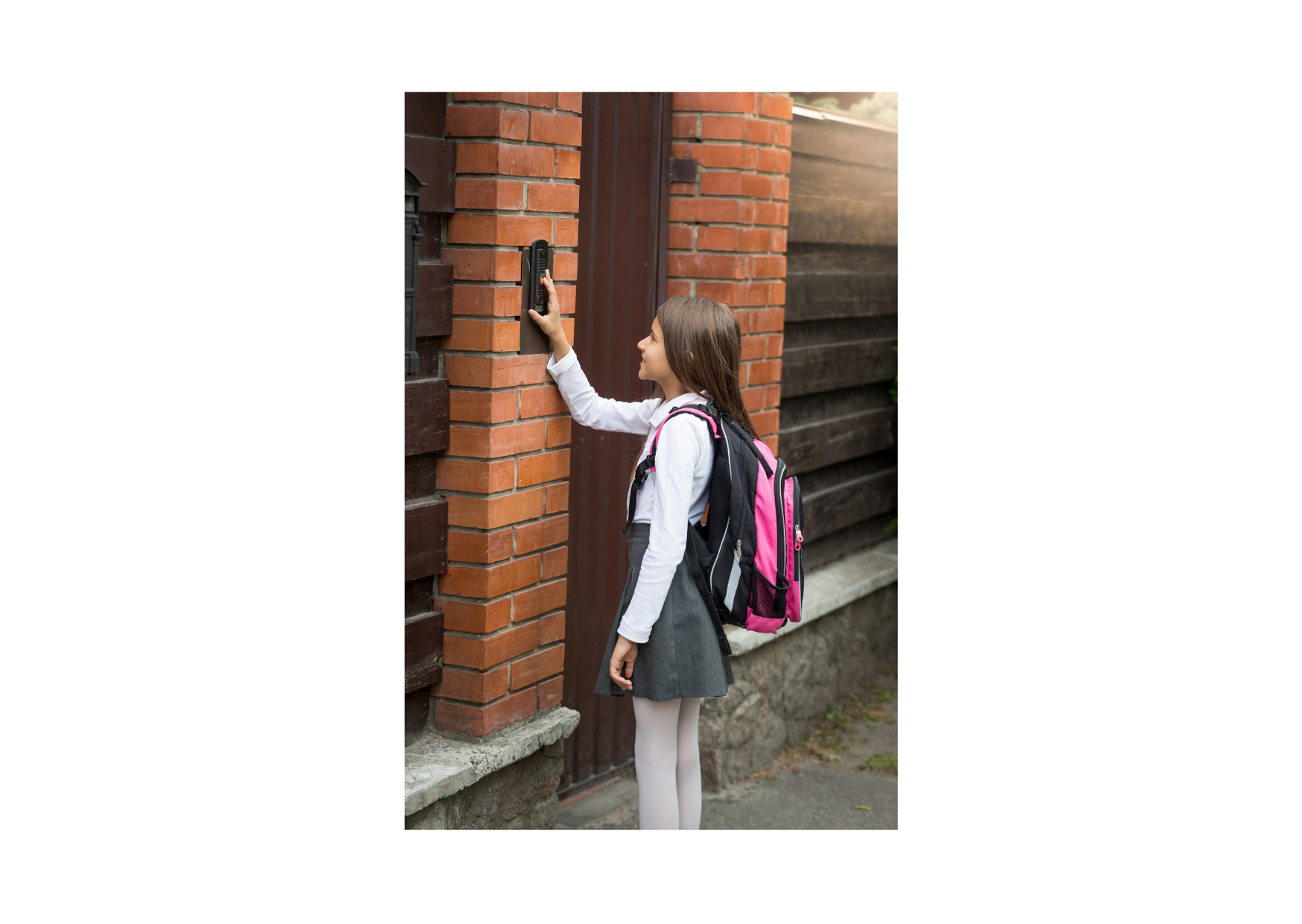
Biometric access control systems are integrated with time and attendance platforms to ensure arrival/depature time accuracy and provide access to a facility. Student profiles are created using all of the necessary information, coupled with a photo of the student and his or her biometric credentials. Once registered, the student will gain access to the school and submit their attendance in every class with a digital fingerprint, saving time along the way.
Facial Recognition Technology
Facial recognition technologies help streamline campus access and cut down the time students and staff spend gaining access to a school building. IP cameras generally scan the individual’s face and compare it to a database of authorized persons in the facility. If it’s authorized, the system unlocks the door automatically for a few seconds. In the case of unauthorized access, the person would press the doorbell and be admitted into the school manually. This solution prevents any unauthorized entry to the building and keeps people safe.
Tragic school shootings in Florida and Texas have prompted a fresh wave of security upgrades in school districts across the country. Florida has recently passed legislation allowing Classroom Teachers to be armed. One Florida School District Added A Closed Access Control System to prevent unauthorized access to their schools. Districts in Kentucky and Indiana will start using metal detectors to screen staff, students, and visitors at various entry points.
A school district near Buffalo, New York, is currently upgrading its surveillance system to employ facial recognition technology. Statistics show that 54% of intrusion or trespassing occurs in schools, and 52% of school properties are subject to theft in a typical month. Breaking and entering seem to occur more frequently in schools than anywhere else. It is estimated that more than 11,000 break-ins occur in more than 8,000 (or nearly 10%) of the nation’s schools in a typical month.

Facial recognition technologies help streamline campus access and cut down the time students and staff spend gaining access to a school building. IP cameras generally scan the individual’s face and compare it to a database of authorized persons in the facility. If it’s authorized, the system unlocks the door automatically for a few seconds. In the case of unauthorized access, the person would press the doorbell and be admitted into the school manually. This solution prevents any unauthorized entry to the building and keeps people safe.
Tragic school shootings across the country have prompted a fresh wave of security upgrades in school districts across the country. Florida passed legislation allowing Classroom Teachers to be armed. One Florida School District Added A Closed Access Control System to prevent unauthorized access to their schools. Districts in Kentucky and Indiana will start using metal detectors to screen staff, students, and visitors at various entry points.
Plus, a school district near Buffalo, New York, is currently upgrading its surveillance system to employ facial recognition technology. Statistics show that 54% of intrusion or trespassing occurs in schools, and 52% of school properties are subject to theft in a typical month. Breaking and entering seem to occur more frequently in schools than anywhere else. It is estimated that more than 11,000 break-ins occur in more than 8,000 (or nearly 10%) of the nation’s schools in a typical month.
Are you interested in installing an access control systems at your school?
Umbrella Technologies has the experience and knowledge to secure your school, students, and staff with leading access control systems.

